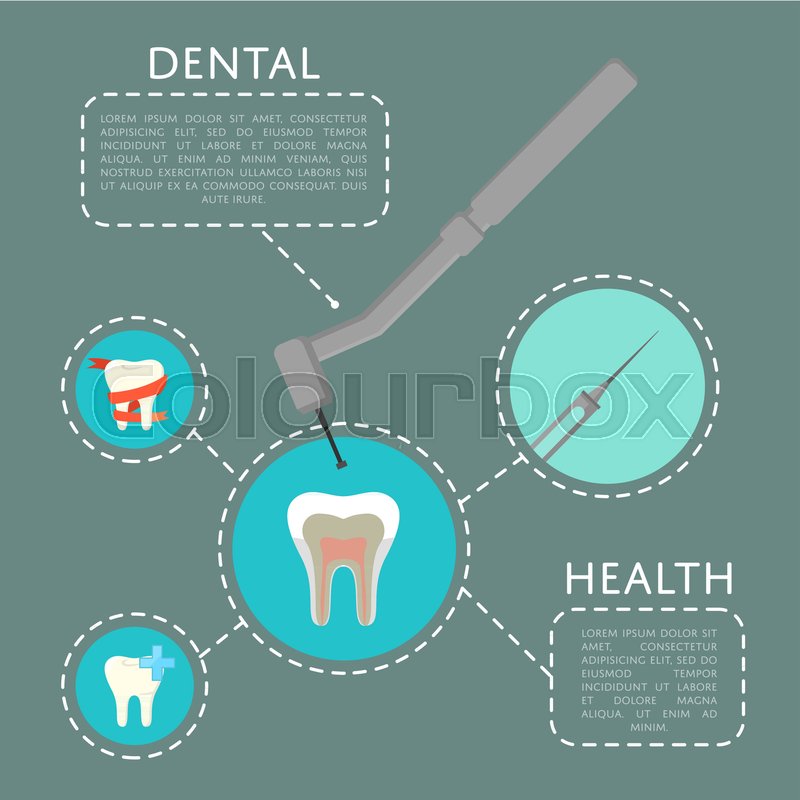Reveal The Transformative Improvements That Are Reshaping Oral Surgery. Explore The Future Of This Technique And Keep An One-Upmanship. Click Currently To Obtain Insight Right Into What Lies Ahead
Reveal The Transformative Improvements That Are Reshaping Oral Surgery. Explore The Future Of This Technique And Keep An One-Upmanship. Click Currently To Obtain Insight Right Into What Lies Ahead
Blog Article
Material Writer-Demir Mccall
Welcome to the globe of oral surgery, where technologies and advancements are shaping the future of the area! In this amazing realm, you'll witness the transformative power of robotics, the advanced wonder of 3D printing, and the game-changing impact of minimally intrusive techniques.
The future of dental surgery holds a guarantee of precision, effectiveness, and improved patient end results. With the help of sophisticated robotics, specialists have the ability to do intricate treatments with greater accuracy and control.
3D printing technology is changing the production of dental implants and prosthetics, supplying customized services that fit perfectly right into each individual's special anatomy.
Furthermore, minimally invasive techniques are reducing post-operative pain and recuperation time, enabling individuals to return to their lives sooner.
Prepare to check out the interesting advancements and advances that are reshaping the landscape of oral surgery!
Advancements in Robotics
One significant advancement in dental surgery is the use of robot modern technology, which permits precise and effective operations. With the help of robotic systems, dental specialists have the capacity to do complicated surgical treatments with boosted precision, decreasing the risk of human error.
These robot systems are furnished with sophisticated imaging technology and accurate instruments that enable doctors to navigate through detailed physiological structures with ease. By using Read the Full Write-up , specialists can achieve better surgical precision, causing boosted individual results and faster healing times.
Furthermore, the use of robotics in dental surgery enables minimally invasive treatments, reducing the injury to surrounding cells and promoting faster healing.
3D Printing in Oral Surgery
To enhance the field of dental surgery, you can discover the subtopic of 3D printing in oral surgery. https://elliottsvygj.ourcodeblog.com/33176120/start-unwinding-the-truths-behind-gum-tissue-economic-downturn-therapies-where-misconceptions-hit-truths-and-uncover-what-you-never-ever-learnt-about-your-periodontal-wellness has the potential to reinvent the means dental doctors operate and treat people. Here are 4 vital ways in which 3D printing is shaping the field:
- ** Custom-made Surgical Guides **: 3D printing permits the creation of very precise and patient-specific medical guides, enhancing the precision and performance of procedures.
- ** Implant Prosthetics **: With 3D printing, oral cosmetic surgeons can create customized implant prosthetics that flawlessly fit a person's one-of-a-kind makeup, causing much better results and individual contentment.
- ** Bone Grafting **: 3D printing allows visit the up coming article manufacturing of patient-specific bone grafts, lowering the need for conventional grafting methods and enhancing recovery and recuperation time.
- ** Education and Educating **: 3D printing can be used to develop realistic surgical versions for academic functions, allowing dental specialists to exercise complex procedures before executing them on clients.
With its potential to improve accuracy, personalization, and training, 3D printing is an exciting development in the field of dental surgery.
Minimally Intrusive Techniques
To better progress the field of oral surgery, accept the possibility of minimally invasive strategies that can greatly profit both specialists and individuals alike.
Minimally invasive strategies are reinventing the area by lowering medical trauma, minimizing post-operative discomfort, and increasing the recovery procedure. These methods include utilizing smaller sized lacerations and specialized tools to execute treatments with accuracy and efficiency.
By utilizing advanced imaging modern technology, such as cone beam of light calculated tomography (CBCT), doctors can properly plan and carry out surgeries with minimal invasiveness.
Additionally, using lasers in dental surgery allows for precise cells cutting and coagulation, causing minimized bleeding and lowered healing time.
With minimally intrusive strategies, people can experience quicker recuperation, lowered scarring, and boosted outcomes, making it a necessary facet of the future of dental surgery.
Final thought
So, as you can see, the future of dental surgery is incredibly promising, with amazing developments and breakthroughs shaping the area.
From the improvements in robotics to the use of 3D printing and minimally intrusive methods, oral specialists are revolutionizing the way they offer care.
While some might fret about the possible cost associated with these innovations, it is very important to bear in mind that these technologies eventually improve patient end results and decrease recuperation time, making them well worth the investment over time.
